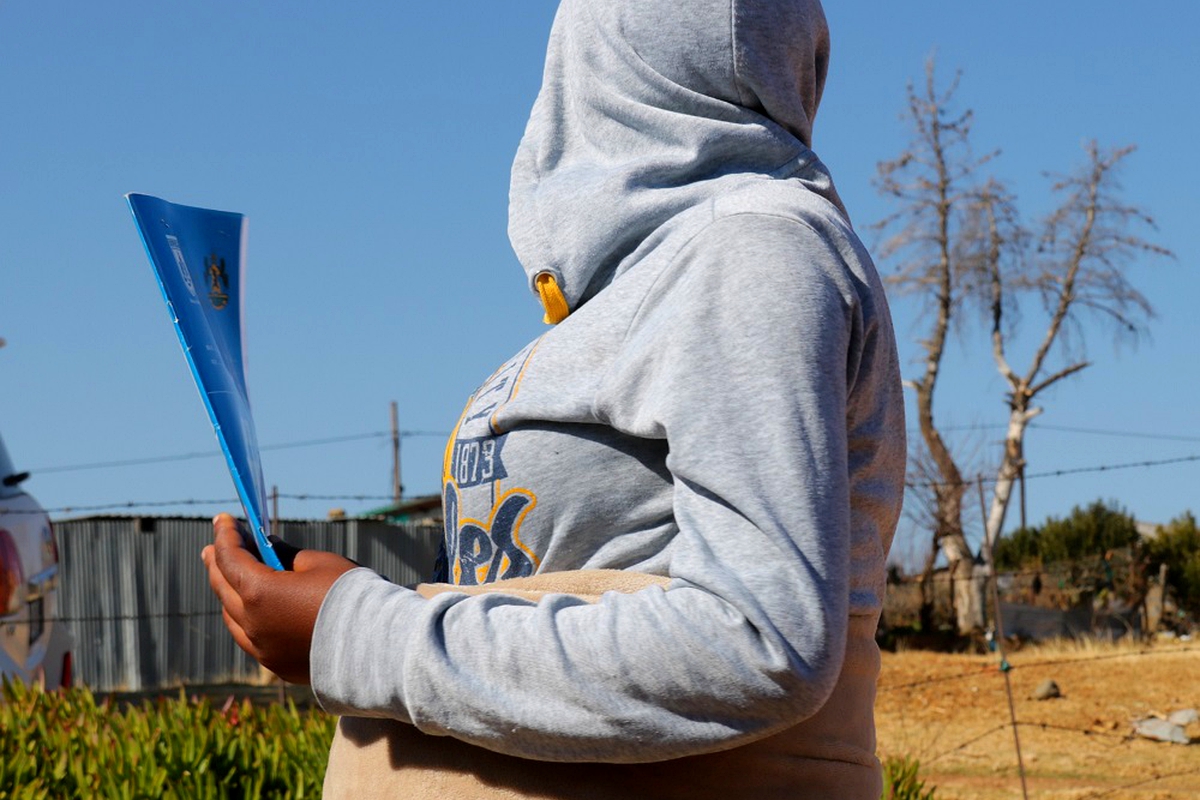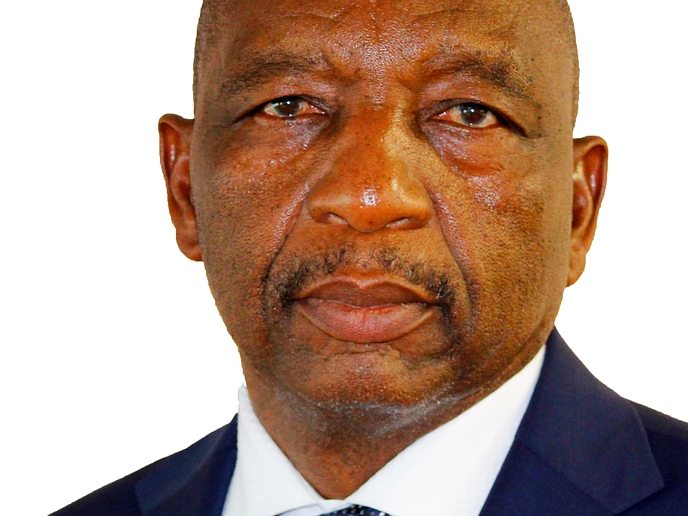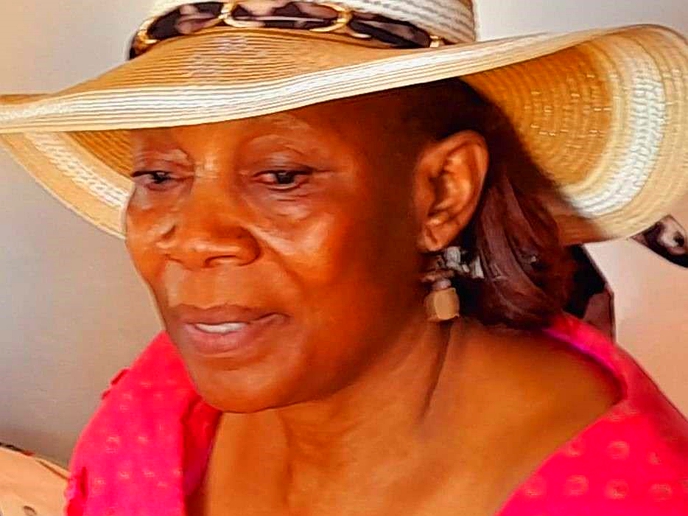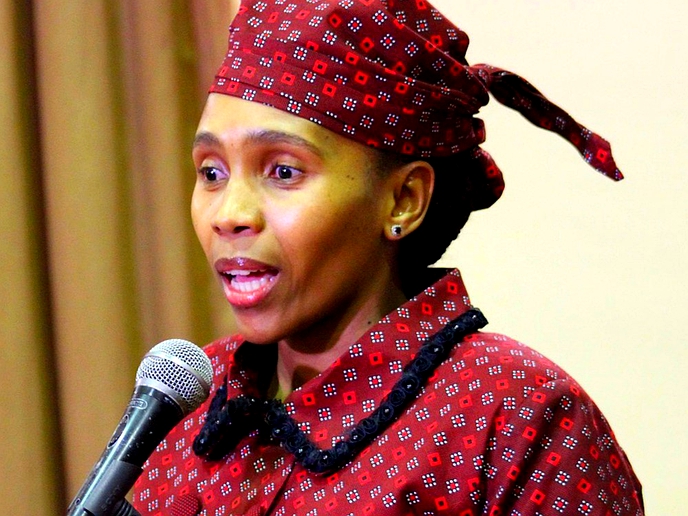EACH year, almost half of all pregnancies (121 million) are unintended; six out of 10 unintended pregnancies and three out of 10 of all pregnancies end in induced abortion, according to the World Health Organisation (WHO).
health
July 11, 2022
LINEO MABEKEBEKE
2 min read
30 percent of pregnancies end in abortion

A pregnant teenager
Story highlights
In its latest report, the WHO said induced abortion was a simple and common health-care procedure but restricting access to abortion did not reduce the number of abortions but dramatically affected whether or not the abortions attained were safe.
WHO said abortion was safe when carried out using its recommended method appropriate to the pregnancy duration and done by someone with the necessary skills and experience.
“However, when women with unwanted pregnancies face barriers to obtaining quality abortion, they often resort to unsafe abortion,” the world health outfit said.
WHO said barriers to safe, timely, geographically reachable, affordable, respectful and non-discriminatory abortion care could cause emotional distress and violate women’s and girls’ right to privacy; right to equality and non-discrimination; and right to be free from torture, cruel, inhuman and degrading treatment and punishment.
“It also has financial and social implications for people and communities including negatively impacting women’s and girls’ possibilities to obtain education and full and effective participation in society,” it said in the report.
WHO said abortion regulations that forced people to travel to attain legal care, or that required mandatory counselling or waiting periods, burdened health systems and could result in women experiencing travel costs, loss of income or the need to resort to unsafe abortion.
It said health was a state of complete physical, mental and social well-being, and not merely the absence of disease or infirmity.
Enjoy our daily newsletter from today
Access exclusive newsletters, along with previews of new media releases.
Making health for all a reality, and moving towards the progressive realisation of human rights, required that all individuals had access to quality health care, including comprehensive abortion care services – which included information, management of abortion, and post-abortion care.
WHO said lack of access to safe, timely, affordable and respectful abortion care posed a risk to not only the physical, but also the mental and social, well-being of women and girls.
It said ensuring that women and girls had access to abortion care that was evidence-based, included being safe, respectful and non-discriminatory, was fundamental to meeting the Sustainable Development Goals (SDGs) relating to good health and well-being (SDG3) and gender equality (SDG5).
Tailored for you






